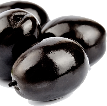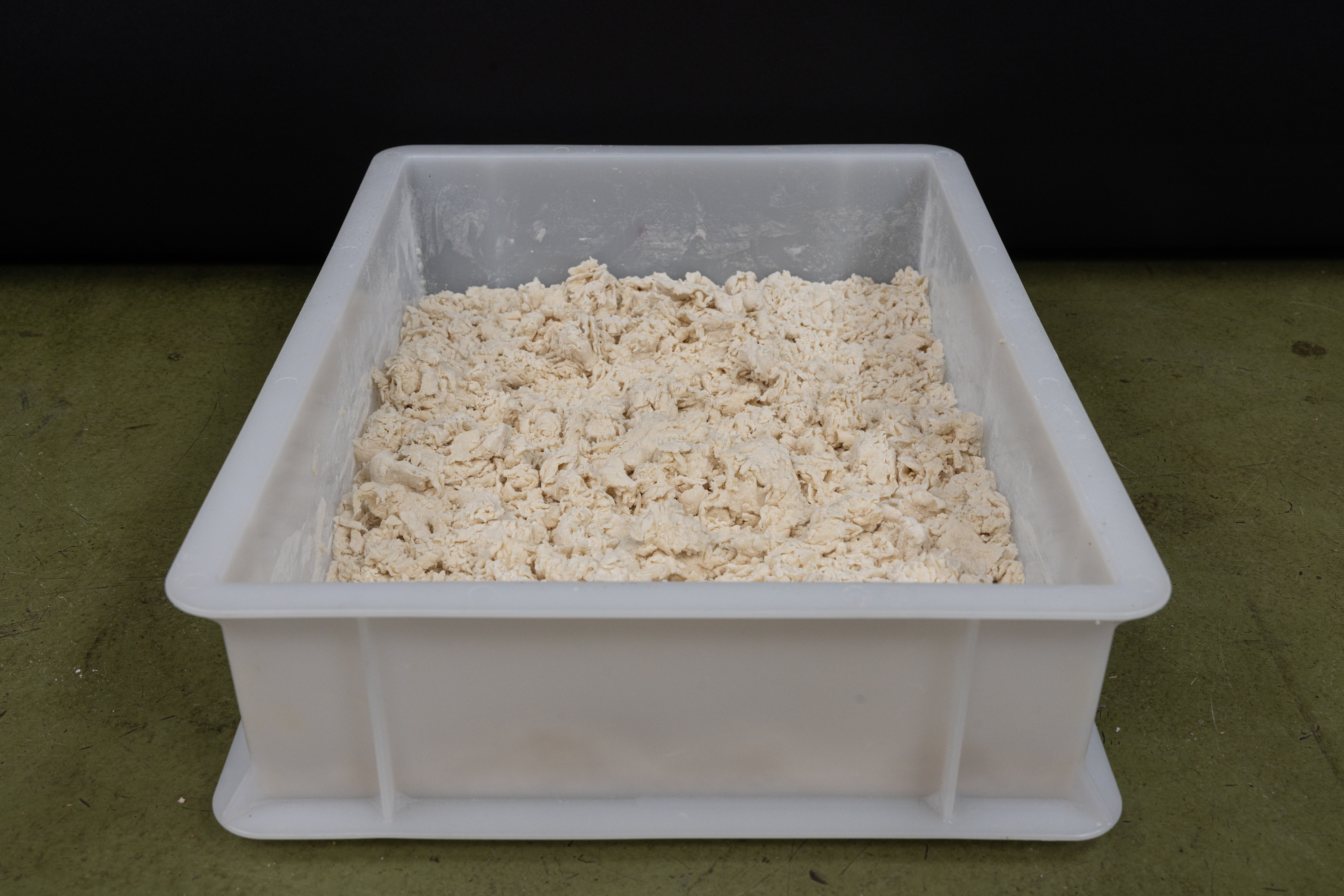







Biga

 3549 x views
3549 x views
Fermentation time: 16 to 24 hours in the environment or 48 hours in combination with cooling
Hydration: approximately 45%
Percentage of the main dough: 10% to 35%
Taste: slightly sharper vinegar taste
Origin: Italy
Preparation: A biga is very similar to poolish in the way you make it. Here too, you start with water, flour and yeast. The biggest difference between poolish and biga is the percentage of water.
A biga is always much drier than a poolish. The hydration of a poolish is 100%, with biga it is 40% to 50%. Most biga recipes use 45% water, but you can vary with this percentage. Due to the long fermentation time, it is best to make a biga with stronger types of flour (W-value 300/320).
Making the biga is simple: you mix the yeast through the flour and then add the water. Do not use cold water. With a spoon, mix until the flour has absorbed all the water. You then have a crumbly, flaky mixture. There is no longer any loose flour visible. Mixing takes about 2 to 4 minutes. And with biga, you do not add any salt at this stage either.
Cover the biga and leave it in the environment for 16 to 24 hours. The ideal temperature is 16? to 20?. Because biga is much drier than poolish, it develops much slower. You can also use the refrigerator to let biga mature. In that case, leave the biga in the environment for 30-60 minutes after making it. Then put the biga in the refrigerator for 24 hours. The last 24 hours, take the biga out of the refrigerator and put it back in the environment.
When your biga is ready, you will have all slightly risen biga pieces. Unless your container is too small, then the loose pieces sometimes clump together to form a larger whole.
Yeast quantity: 0.4 to 1% of dry yeast or 1 to 3% fresh yeast.
The effect of biga: Apart from the taste, biga makes the final dough stronger because it strengthens the gluten structure. You can use biga to strengthen a weak dough (made from a weak flour). Biga works well in dough with a high hydration such as in pizza in teglia, ciabatta or the Canotto pizza style. Biga creates irregular alveoli. Smaller and larger air bubbles alternate and there are fewer than with poolish. The dough is more elastic, slightly more compact and less 'soft' than with poolish.
Good to know: Biga will not develop as quickly as a poolish. The time window in which you can use the biga is therefore somewhat larger than with poolish.
Nice to know: It is possible to increase the share of biga above the mentioned 30%. It is even possible to make a 100% biga dough. The larger the proportion of biga, the stronger the effect in your final dough. The rising time of your main dough will in all cases be somewhat shorter.
Incorporating biga into your final dough: Because biga is drier, it can be difficult to knead the biga pieces into your dough by hand. It is therefore advisable to use the dough machine for this. Put the biga in the bowl of the dough machine and add the remaining amount of flour for your main dough plus half of the remaining water. Do not let the machine run too fast, run for a few minutes and add the salt. Gradually add the remaining water and knead for about 12 minutes until you have a smooth and silky dough. Do not knead for too long, otherwise you run the risk that your dough will become very elastic and tough.
“ Biga verserkt de glutenstructuur van jouw deeg”




 0
0